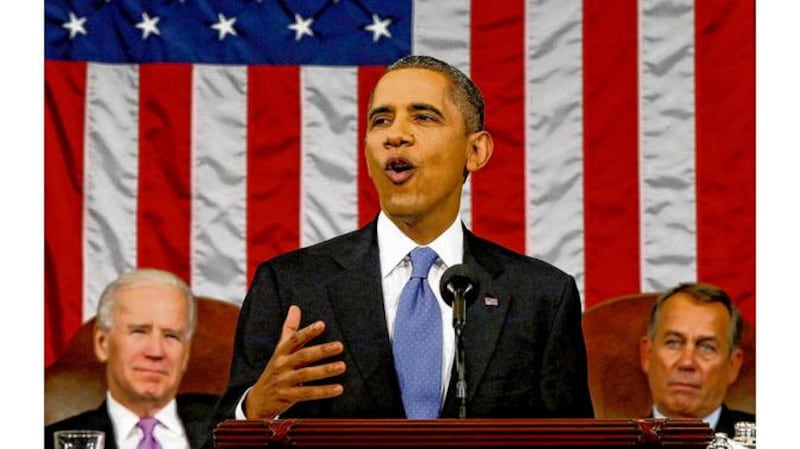The first of a three-part series examines what science is telling us about the weather – it’s not comforting
Nicholas Stern, the author of the influential 2006 review of the economics of climate change, now says he “underestimated the risks”. Had he known how bad things were going to get, “I think I would have been a bit more blunt [and] much more strong about the risks of a four- or five-degree rise” in average global temperatures.
Interviewed by the Observer newspaper at the recent World Economic Forum in Davos, where the focus of most participants was on more short-term concerns, Lord Stern said: “This is potentially so dangerous that we have to act strongly. Do we want to play Russian roulette with two bullets or one? These risks for many people are existential.”

Jim Yong Kim, the World Bank’s president, issued an equally strong warning about the risk of conflicts over natural resources if global temperatures went up by four degrees Celsius. “There will be water and food fights everywhere,” he said, and then pledged to make tackling climate change a priority of his five-year term.
Extreme weather
This was in the wake of a series of “extreme weather events” over the past year including Superstorm Sandy, which caused billions of dollars in damage to New York City and New Jersey as well as serious drought in the US and Russia, devastating floods in the Philippines and scorching temperatures and fires in Australia.
But the “canary in the coalmine” is summer sea ice in the Arctic, which has been declining each year and hit a record low of 3.4 million sq km last September – 770,000sq km below the previous minimum of 4.17 million sq km in 2007.
This Arctic warming may be at the root of climate change in the northern hemisphere.
Disappearing ice
The rate of sea ice decline is much faster than anticipated by the UN’s Intergovernmental Panel on Climate Change (IPCC). Its Fourth Assessment, in 2007, mentioned that “in some projections, Arctic late-summer sea ice disappears almost entirely by the latter part of the 21st century”. Now, it could be gone by 2020 or 2030.
Columnist George Monbiot blamed governments: “Having abandoned any pretence of responding to the environmental crisis during the Earth Summit in June, now they stare stupidly as the ice on which we stand dissolves . . . Their one unequivocal response to the melting has been to facilitate the capture of the oil and fish it exposes.”
Last month, a draft of the latest US National Climate Assessment, compiled by 240 scientists, warned that 13 US airports could be inundated by rising sea levels and that billions of dollars will be needed to repair roads, pipelines, sewerage systems, buildings and airports in Alaska due to damage caused by melting permafrost.
The draft’s bluntness “reflects the increasing confidence we have in the science and day-to-day realities of climate change,” one of its authors, Katharine Hayhoe, director of the Climate Science Centre at Texas Tech University, told the Guardian. “This is no longer a future issue. It’s an issue that is staring us in the face today.”
A new study Climate Vulnerability Monitor: A Guide to the Cold Calculus of A Hot Planet, published last September, found that nearly 400,000 premature deaths per year could be attributed to climate change, which is already costing more than $1.2 trillion (€887.3 billion) annually, equivalent to 1.6 per cent of global GDP.
By 2030, the combined cost of climate change and air pollution would double, with poorer developing countries – those least responsible for global greenhouse gas emissions – likely to suffer most. But richer nations would also be hit, with GDP in the US falling 2 per cent while the cost to China alone would be $1.2 trillion annually.
No benign shift
Any notion the northern hemisphere would benefit from global warming has been undermined by the US and Russian droughts. “Many hazards come with climate change,” said Kevin Trenberth, of the US National Center for Atmospheric Research. “It’s not a matter of a benign shift to a longer growing season for northern nations.”
Meanwhile the IPCC is working on its Fifth Assessment, due for publication next year. An early draft was leaked online by an American climate change sceptic called Alec Rawls, who claimed it had conceded that cosmic rays may influence the climate system – an alleged admission that deniers immediately hailed as “game-changing”.
In fact, the draft says it is “virtually certain that [a net energy uptake of the Earth system] is caused by human activities, primarily by the increase in carbon dioxide concentrations”.










